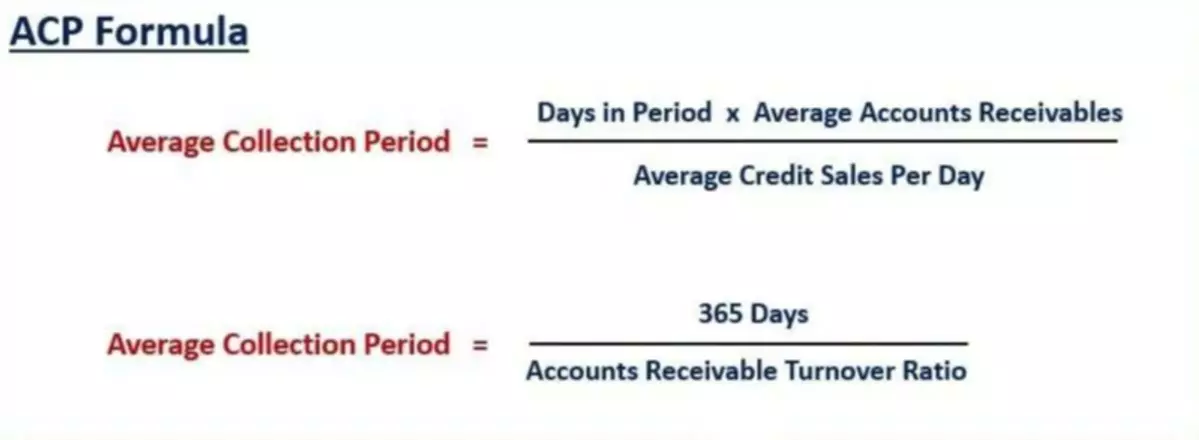Content

This implies that first, the service is enjoyed, and then the payment for it is made after it has been provided for a month. Set up touchless AP workflows and streamline the Accounts Payable process in seconds. Each account can be represented visually by splitting the account into left and right sides as shown. This graphic representation of a general ledger account is known as a T-account. A T-account is called a “T-account” because it looks like a “T,” as you can see with the T-account shown here.

It is a type of account that is used to reduce or offset the balance of another related account. Accounts like purchase returns (contra expense account) and sales returns, discounts or allowances (contra revenue account) are some of the common examples of a contra account. The types of accounts lying on the left side of these equations carry a debit balance while those on the right-side carry a credit balance. Let’s say there were a credit of $4,000 and a debit of $6,000 in the Accounts Payable account. However, the difference between the two figures in this case would be a debit balance of $2,000, which is an abnormal balance. By having many revenue accounts and a huge number of expense accounts, a company will be able to report detailed information on revenues and expenses throughout the year.
2: Describe Principles, Assumptions, and Concepts of Accounting and Their Relationship to Financial Statements
The normal balance is the expected balance each account type maintains, which is the side that increases. Table 1.1 shows the normal balances and increases for each account type. Whether the normal balance is a credit or a debit balance is determined by what increases that particular account’s balance has. As such, in a cash account, any debit will increase the cash account balance, hence its normal balance is a debit one. The same is true for all expense accounts, such as the utilities expense account. In contrast, a credit, not a debit, is what increases a revenue account, hence for this type of account, the normal balance is a credit balance.
Which types of accounts have a normal credit balance?
A credit balance is normal and expected for the following accounts: Liability accounts such as Accounts Payable, Notes Payable, Wages Payable, Interest Payable, Income Taxes Payable, Customer Deposits, Deferred Income Taxes, etc. Hence, a credit balance in Accounts Payable indicates the amount owed to vendors.
If another transaction involves payment of $500 in cash, the journal entry would have a credit to the cash account of $500 because cash is being reduced. In effect, a debit increases an expense account in the income statement, and a credit decreases it. When a company earns money, it records revenue, which increases owners’ equity. Therefore, you must credit a revenue account to increase it, or it has a credit normal balance. Expenses are the result of a company spending money, which reduces owners’ equity.
General Rules for Debits and Credits
A discount of this kind might be particularly appealing to businesses that make purchases of products and services. Because of this, vendors can accept early payment on selected bills on a flexible basis, i.e., the sooner the payment, the larger the discount. To better understand AP, we must first know the basic https://www.bookstime.com/articles/normal-balance concept of debits and credits. However, if you’re dealing with a DR account, a debit transaction will actually increase it and a credit transaction will decreases it. More about double-entry accounting and an account’s normal balance. The company makes a cash sale of inventory to a customer for $100.

Belle created a new business and invested $6,000 cash, $7,600 of equipment, and $12,000 in web servers in exchange for common stock. The company paid $4,800 cash in advance for prepaid insurance coverage. Prepare general journal entries to record these transactions (use account titles listed in part 2). Bernadette Grechus invested $65,000 cash, office equipment with a value of $5,750, and $30,000 of computer equipment in the company in exchange for common stock. Notes payable and accounts payable are examples of current obligations; nevertheless, several key distinctions exist between the two types of accounts.
Margin Debit
A double-entry accounting system records each transaction as a debit and a credit. When an account produces a balance that is contrary to what the expected normal balance of that account is, this account has an abnormal balance. Let’s consider the following example to better understand abnormal balances.
Since cash was paid out, the asset account Cash is credited and another account needs to be debited. Because the rent payment will be used up in the current period (the month of June) it is considered to be an expense, and Rent Expense is debited. If the payment was made on June 1 for a future month (for example, July) the debit would go to the asset account Prepaid Rent. Revenues and gains are recorded in accounts such as Sales, Service Revenues, Interest Revenues (or Interest Income), and Gain on Sale of Assets. These accounts normally have credit balances that are increased with a credit entry.
Automating the Accounts Payable Process
Liabilities, revenues, and equity accounts have natural credit balances. If a debit is applied to any of these accounts, the account balance has decreased. For example, a debit to the accounts payable account in the balance sheet indicates a reduction of a liability. The offsetting credit is most likely a credit to cash because the reduction of a liability means that the debt is being paid and cash is an outflow.
To show how the debit and credit process works within IU’s general ledger, the following image was pulled from the IUIE database. Employees who are responsible for their entity’s accounting activities will see a file https://www.bookstime.com/ such as the one below on more of a day-to-day basis. This general ledger example shows a journal entry being made for the payment (cash) of postage (expense) within the Academic Support responsibility center (RC).
Nature of Business
In fundamental accounting, debits are balanced by credits, which operate in the exact opposite direction. The account payable is a liability account used to track the amount of money a company owes to its vendors or other outside parties. The suppliers are independent persons willing to give the company credit to purchase the raw materials.